Home>Furniture & Design>Living Room Furniture>Which Is Better: Round Or Rectangular Dining Table
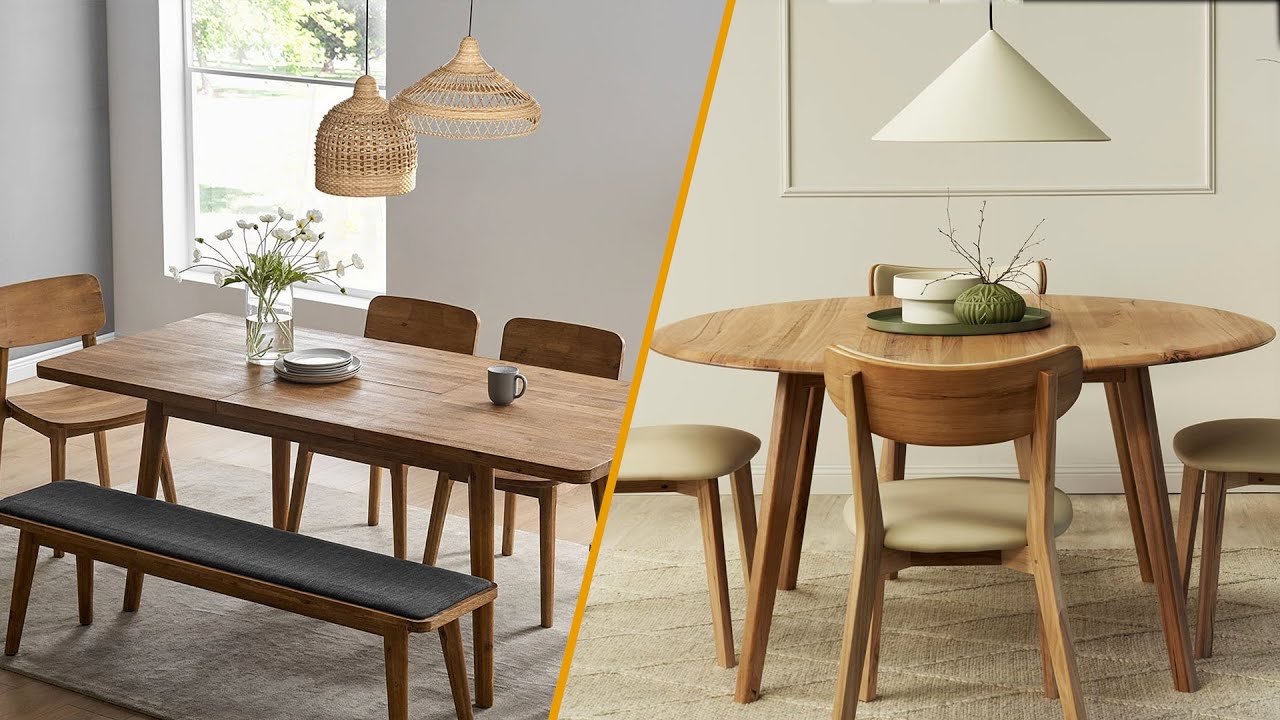

Living Room Furniture
Which Is Better: Round Or Rectangular Dining Table
Modified: February 27, 2024
Discover the perfect dining table for your living room with our guide to round and rectangular options. Explore the best living room furniture and design tips.
(Many of the links in this article redirect to a specific reviewed product. Your purchase of these products through affiliate links helps to generate commission for Storables.com, at no extra cost. Learn more)
Introduction
When it comes to choosing a dining table, the decision often boils down to two classic shapes: round and rectangular. Each shape comes with its own set of advantages and considerations, making the choice a matter of personal preference and practicality. In this article, we’ll explore the factors to consider when deciding between a round and a rectangular dining table, from size and space to style and functionality. By the end, you’ll have a clearer understanding of which option might best suit your needs and complement your living space.
Key Takeaways:
- Round tables create a cozy, intimate atmosphere in smaller dining areas, perfect for easy conversation and minimizing the risk of accidental bumps for families with young children.
- Rectangular tables are ideal for accommodating larger groups and elongated spaces, exuding a sense of formality and structure, making them a fitting choice for traditional or open-concept settings.
Size and Space
One of the primary considerations when choosing between a round and rectangular dining table is the size and shape of the room where it will be placed. Rectangular tables are well-suited for long, narrow rooms, as their linear design can complement the space without overcrowding it. They also tend to work seamlessly against walls or in the center of the room, offering flexibility in arrangement. On the other hand, round tables are ideal for square or smaller dining areas, where their symmetrical shape can create a cozy and intimate atmosphere. The absence of sharp corners also makes them a great choice for homes with young children, minimizing the risk of accidental bumps and injuries.
Consider the number of people you intend to seat at the table. Rectangular tables are typically better for accommodating larger groups, as they provide straight, elongated seating along each side. In contrast, round tables are conducive to more intimate gatherings, allowing for easy conversation and a sense of togetherness. When it comes to space efficiency, round tables can be a smart choice, as they maximize seating capacity without occupying as much floor area as their rectangular counterparts.
Another aspect to ponder is the visual flow of the room. A round table can soften the angles and lines in a space, creating a more organic and fluid feel. This can be particularly beneficial in rooms with a lot of sharp edges or angular furniture. Conversely, a rectangular table can complement a room with strong linear elements, providing a sense of balance and structure.
Style and Aesthetics
When it comes to style and aesthetics, the shape of a dining table can significantly impact the overall look and feel of a room. Rectangular tables are often associated with a more traditional and formal aesthetic. Their clean lines and sharp angles lend themselves well to classic and symmetrical interior designs. Additionally, their elongated shape can visually elongate a room, making them a popular choice for formal dining areas or open-concept spaces.
On the other hand, round tables exude a sense of warmth and conviviality. Their soft, curved edges create a welcoming and inclusive atmosphere, making them a great fit for casual dining spaces or rooms with a cozy, intimate ambiance. Round tables also have a timeless appeal, seamlessly blending with various design styles, from modern and minimalist to eclectic and bohemian.
Consider the visual impact of the table in relation to the surrounding furniture and decor. A rectangular table can anchor a room, serving as a focal point and providing a sense of structure. It pairs well with linear chairs and symmetrical arrangements, contributing to a sense of formality and elegance. On the other hand, a round table can add a touch of whimsy and informality to a space, encouraging free-flowing movement and interaction. It can be paired with a mix of chair styles and shapes, embracing a more eclectic and relaxed aesthetic.
Furthermore, the material and finish of the table can play a crucial role in defining its style. Both round and rectangular tables are available in a wide range of materials, from wood and glass to metal and marble. The choice of material can further enhance the table’s visual appeal and complement the existing decor, whether it’s a rustic farmhouse dining room or a sleek, contemporary space.
Consider the shape of your dining room and the number of people you want to seat. Round tables are great for small spaces and encourage conversation, while rectangular tables work well in long rooms and can seat more people.
Functionality and Flexibility
Functionality and flexibility are crucial factors to consider when choosing between a round and rectangular dining table. Rectangular tables are known for their practicality, especially when it comes to serving and hosting larger gatherings. Their linear design provides ample surface area for serving dishes, centerpieces, and table settings, making them an ideal choice for formal dinners and entertaining. Additionally, their straight edges can accommodate accessories such as table runners, placemats, and serving trays, adding a layer of sophistication to the dining experience.
For everyday use, rectangular tables offer versatility in terms of placement and usage. They can be pushed against a wall to conserve space or positioned in the center of a room to create a focal point. Their straight sides also make them compatible with bench seating, maximizing seating capacity while maintaining a streamlined look. Furthermore, rectangular tables can easily adapt to extension leaves, providing the option to expand the seating capacity for special occasions.
On the other hand, round tables offer a different set of functional advantages. Their symmetrical shape promotes easy conversation and interaction among diners, as there are no designated heads of the table. This makes them an excellent choice for casual dining and family meals, fostering a sense of togetherness and camaraderie. Round tables also lend themselves well to smaller dining areas, where their compact footprint and absence of sharp corners make maneuvering around them effortless.
When it comes to flexibility, round tables can be a boon for dynamic living spaces. Their lack of straight edges allows for seamless traffic flow around the table, making them an excellent option for open-plan layouts or multifunctional areas. Round tables can also be paired with a variety of chair styles, from traditional dining chairs to sleek, modern designs, offering versatility in creating a personalized and eclectic dining ensemble.
Ultimately, the choice between a round and rectangular dining table boils down to your lifestyle, spatial requirements, and aesthetic preferences. By weighing the considerations of size, style, functionality, and flexibility, you can make an informed decision that enhances both the visual appeal and practicality of your dining area.
Conclusion
Choosing between a round and rectangular dining table is a decision that goes beyond mere aesthetics. It involves a thoughtful consideration of the available space, the desired style and ambiance, and the practical functionality that best suits your lifestyle. Both shapes offer unique advantages, and understanding their distinct characteristics can guide you toward the ideal choice for your home.
When evaluating size and space, consider the dimensions of your dining area and the number of people you intend to seat. Rectangular tables are well-suited for accommodating larger groups and elongated spaces, while round tables create an intimate setting and maximize seating capacity within a smaller footprint. The visual flow of the room should also be taken into account, as the shape of the table can influence the overall spatial dynamics.
Style and aesthetics play a pivotal role in shaping the character of the dining space. Rectangular tables exude a sense of formality and structure, making them a fitting choice for traditional or open-concept settings. On the other hand, round tables evoke warmth and conviviality, infusing a casual and inclusive atmosphere into the room. Consider how the table’s shape and material harmonize with the existing decor and furniture to create a cohesive and inviting environment.
Functionality and flexibility are essential considerations for everyday use and entertaining. Rectangular tables excel in serving and hosting larger gatherings, offering practicality and versatility in placement and seating arrangements. Meanwhile, round tables promote easy conversation and adaptability in dynamic living spaces, fostering a sense of togetherness and fluid movement around the dining area.
Ultimately, the choice between a round and rectangular dining table is a personal one, influenced by your lifestyle, spatial constraints, and design preferences. By weighing the considerations of size, style, functionality, and flexibility, you can make an informed decision that not only enhances the visual appeal of your dining area but also complements the way you live and gather with loved ones.
Frequently Asked Questions about Which Is Better: Round Or Rectangular Dining Table
Was this page helpful?
At Storables.com, we guarantee accurate and reliable information. Our content, validated by Expert Board Contributors, is crafted following stringent Editorial Policies. We're committed to providing you with well-researched, expert-backed insights for all your informational needs.
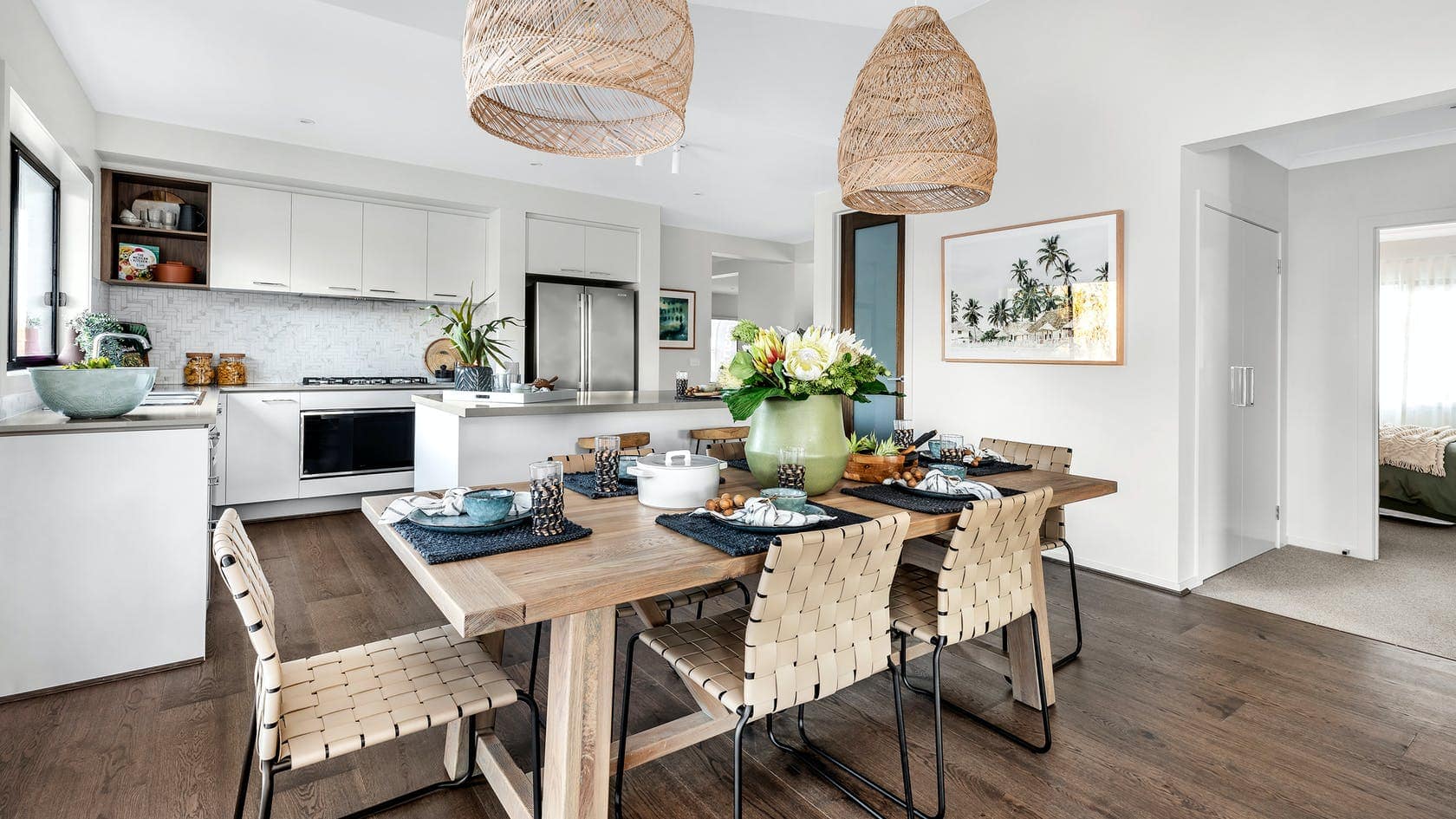
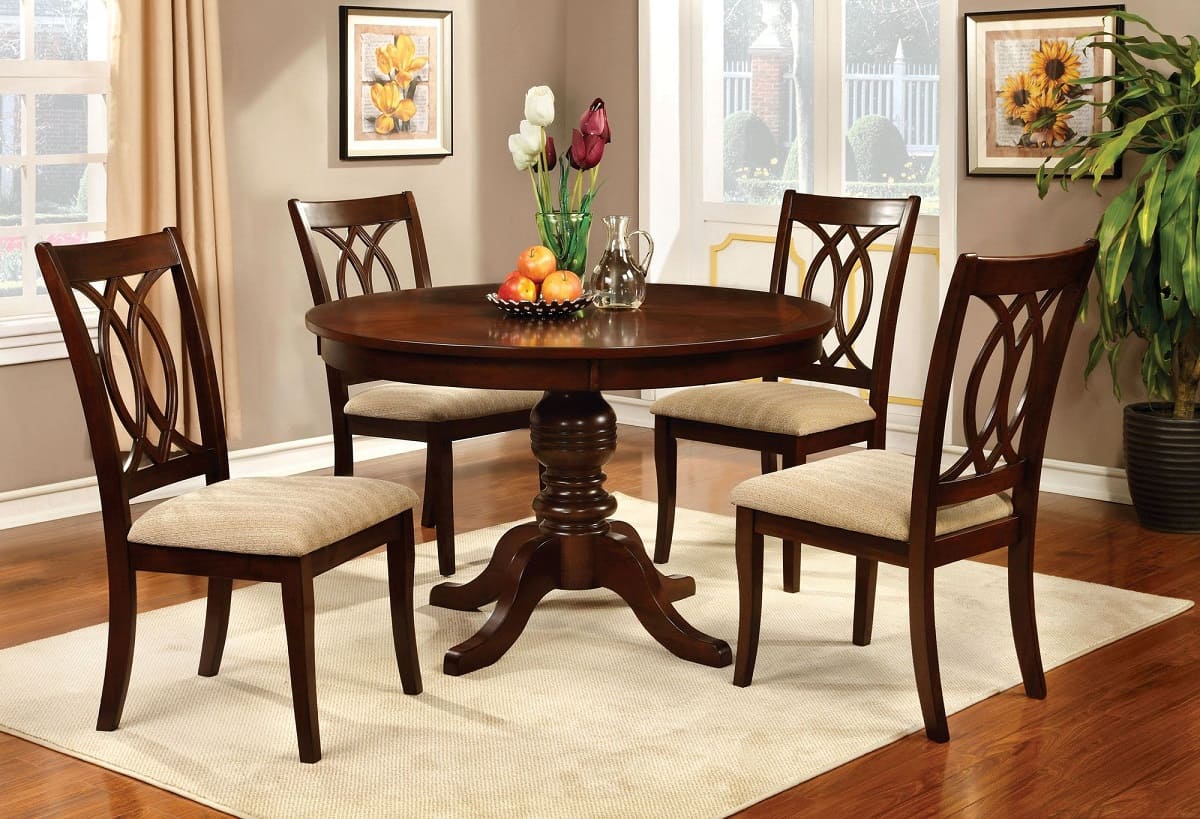
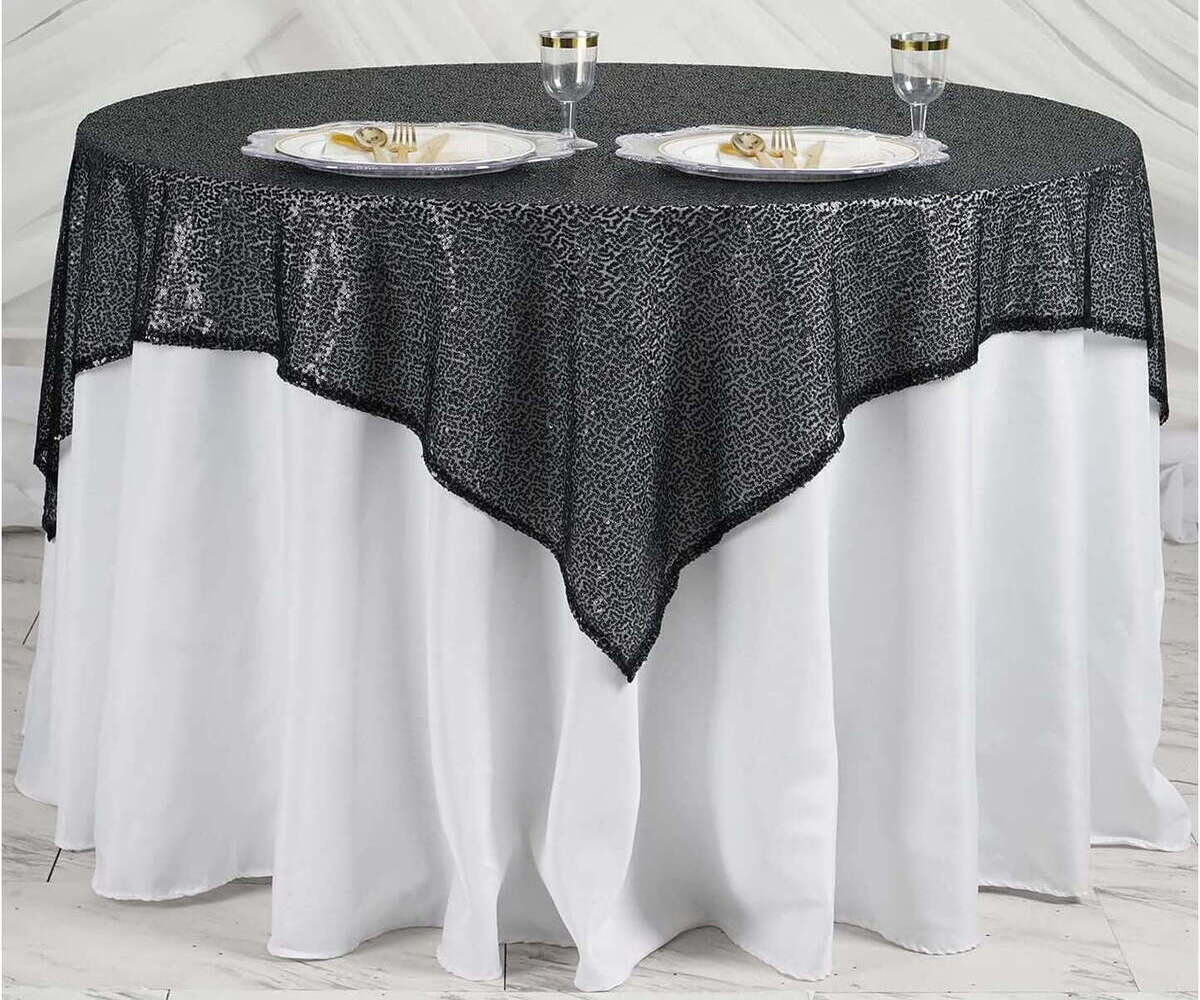
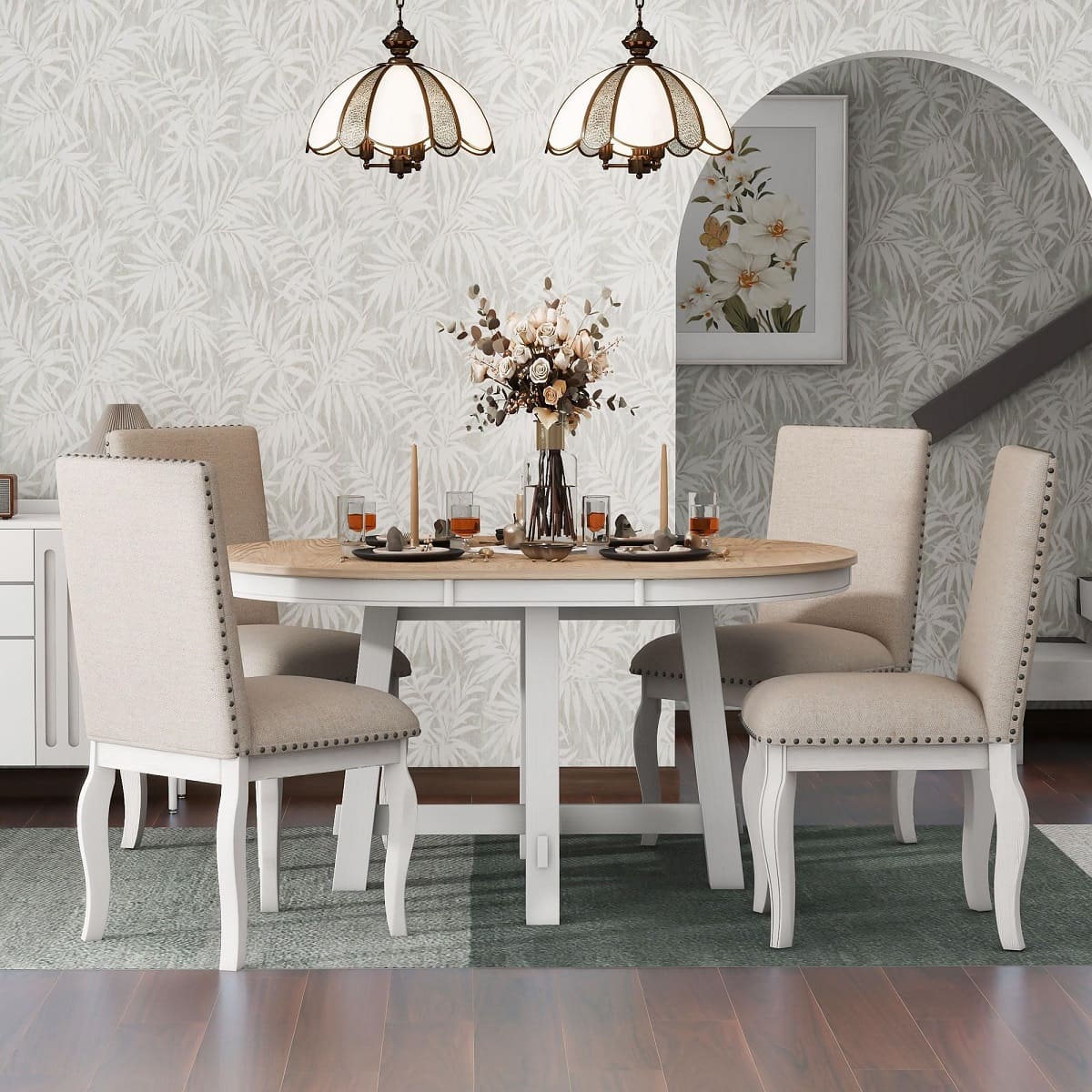
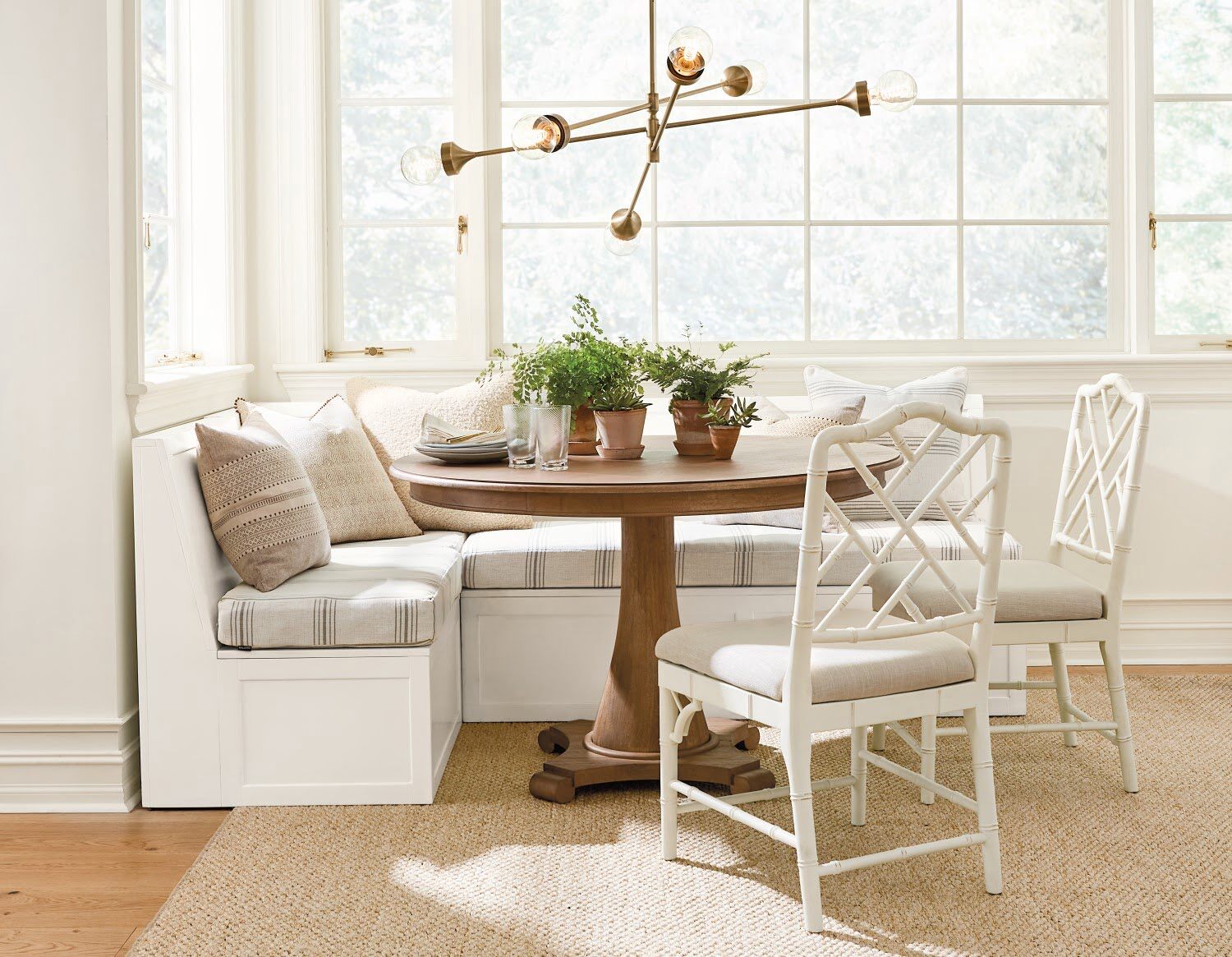
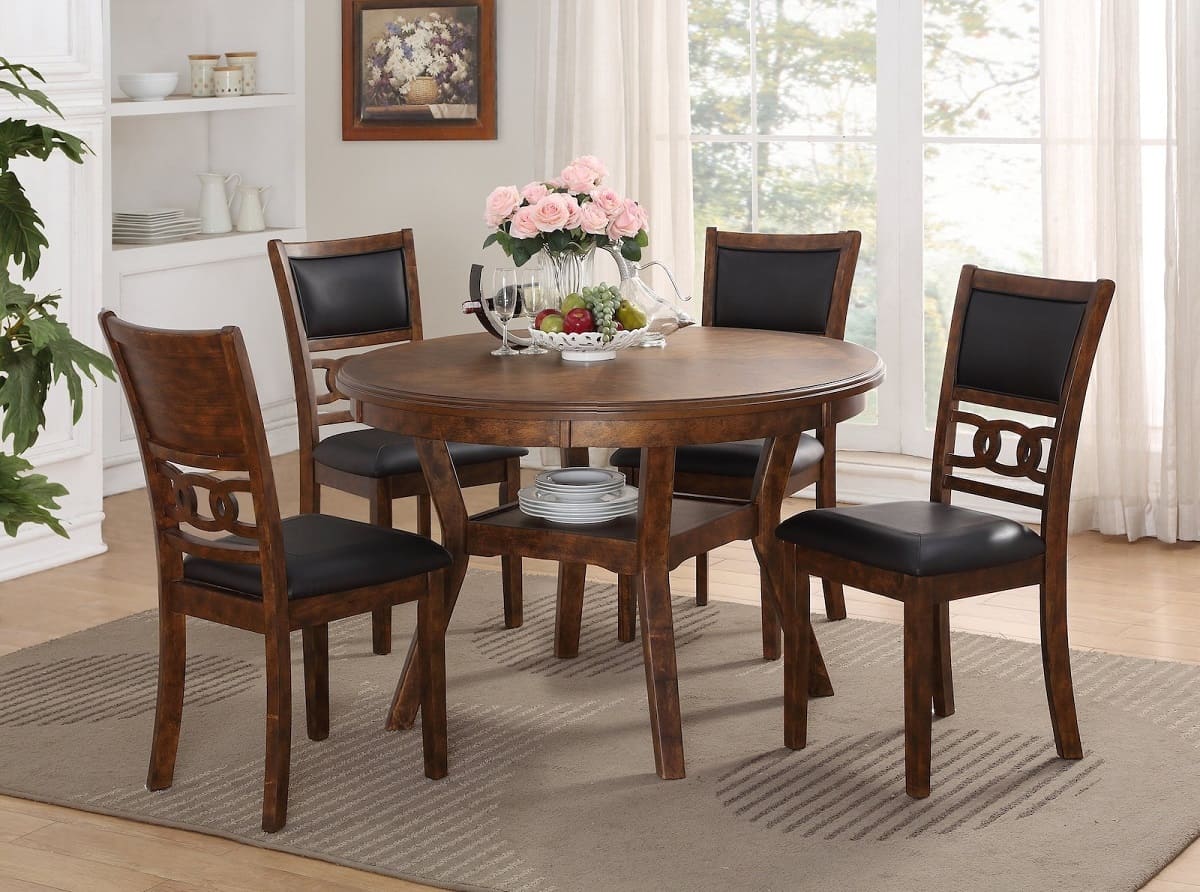
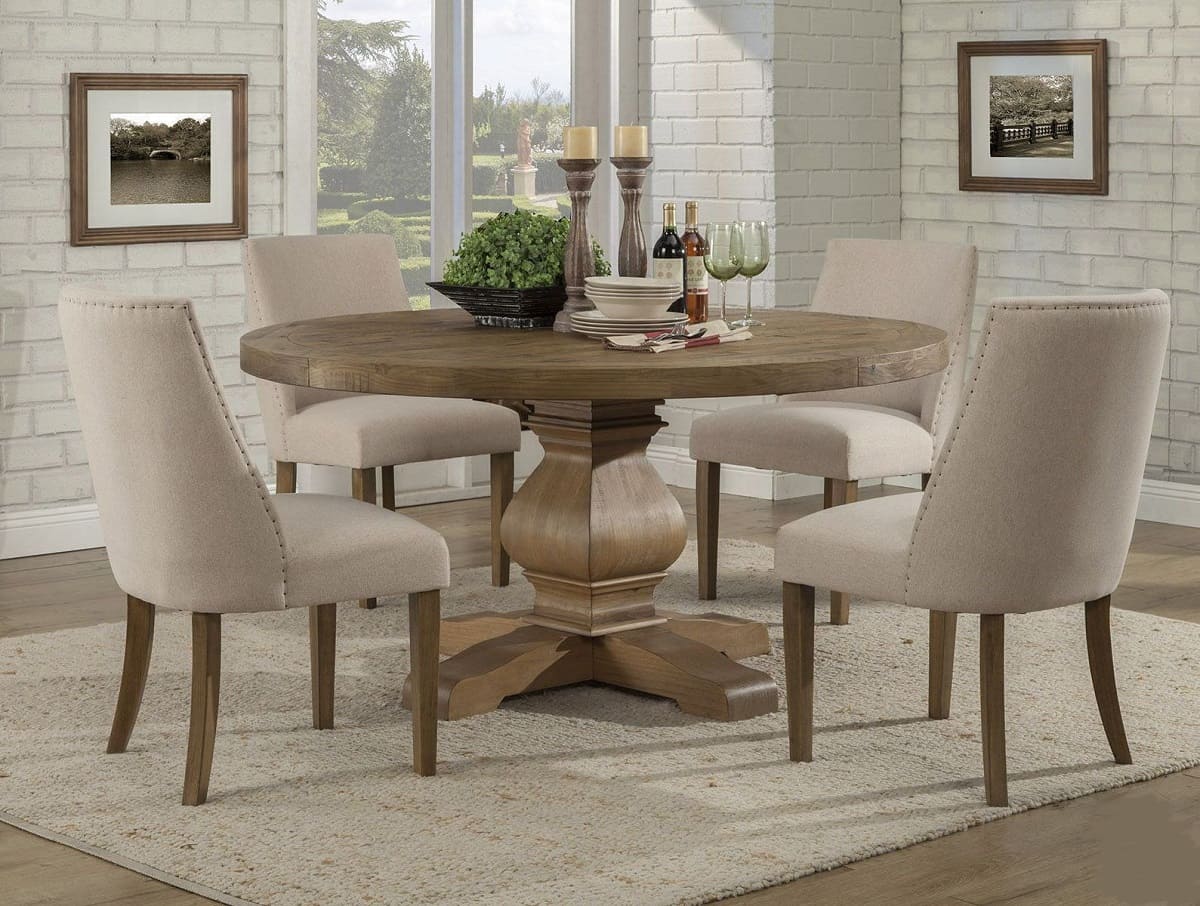
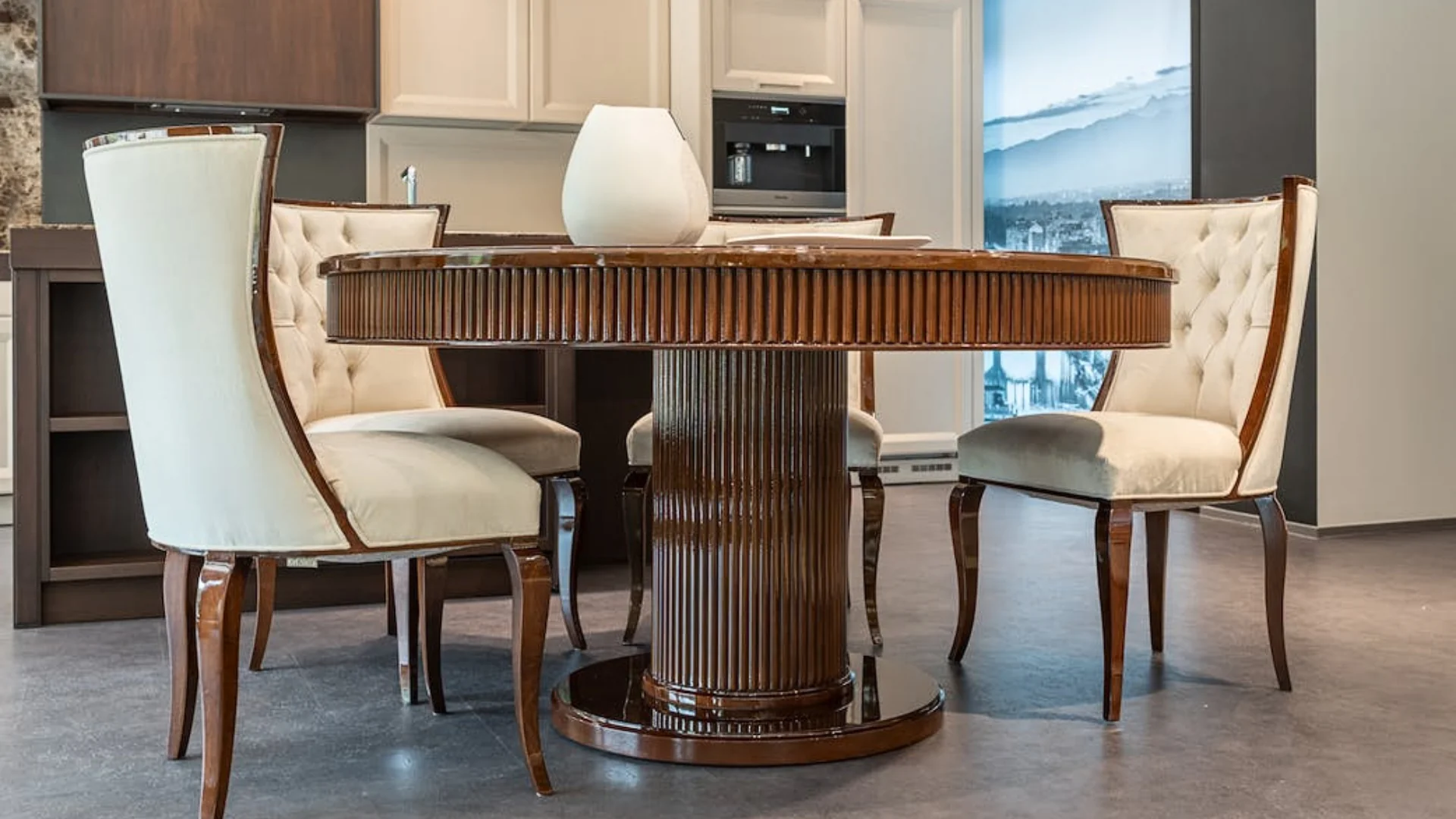

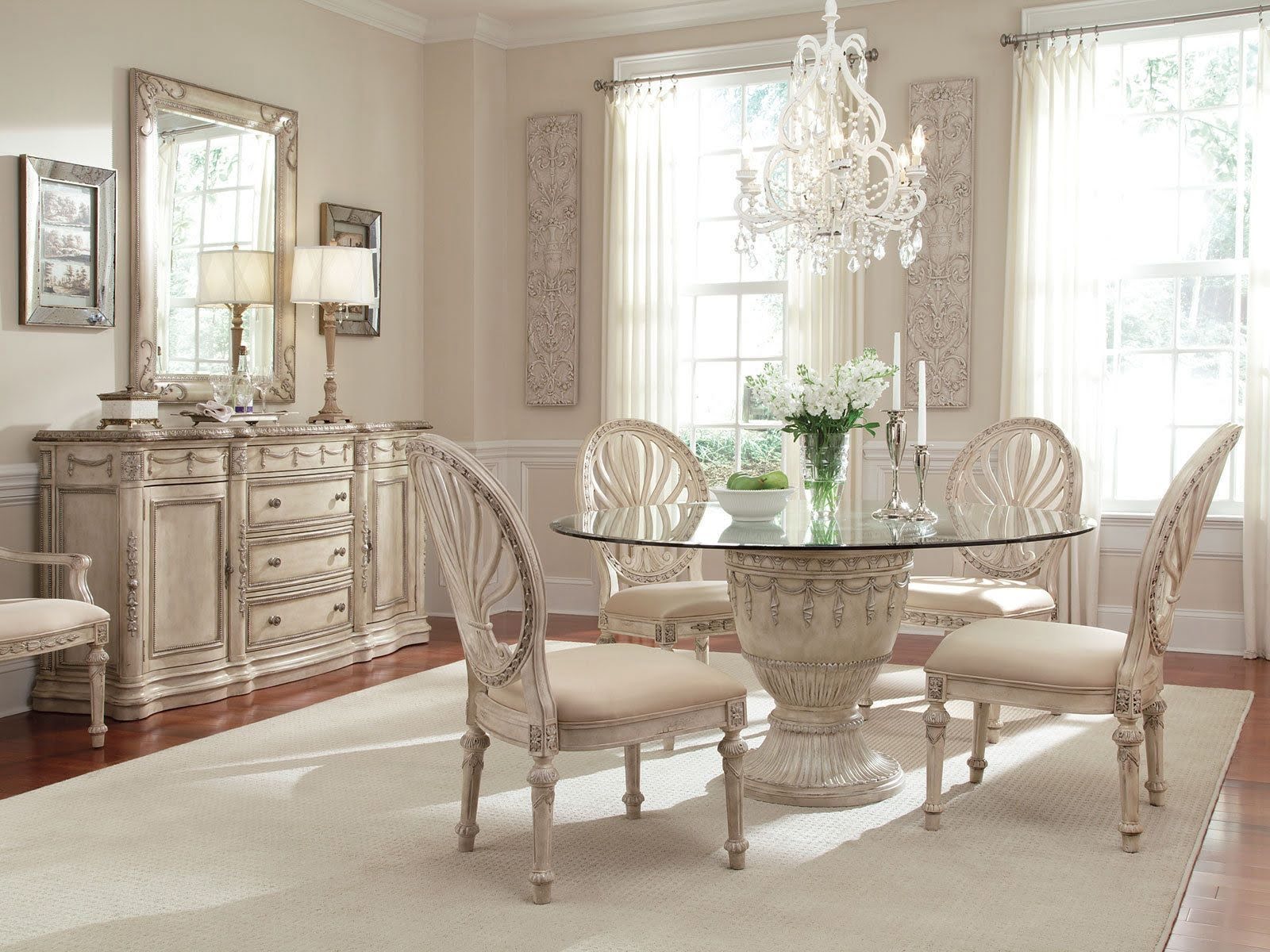
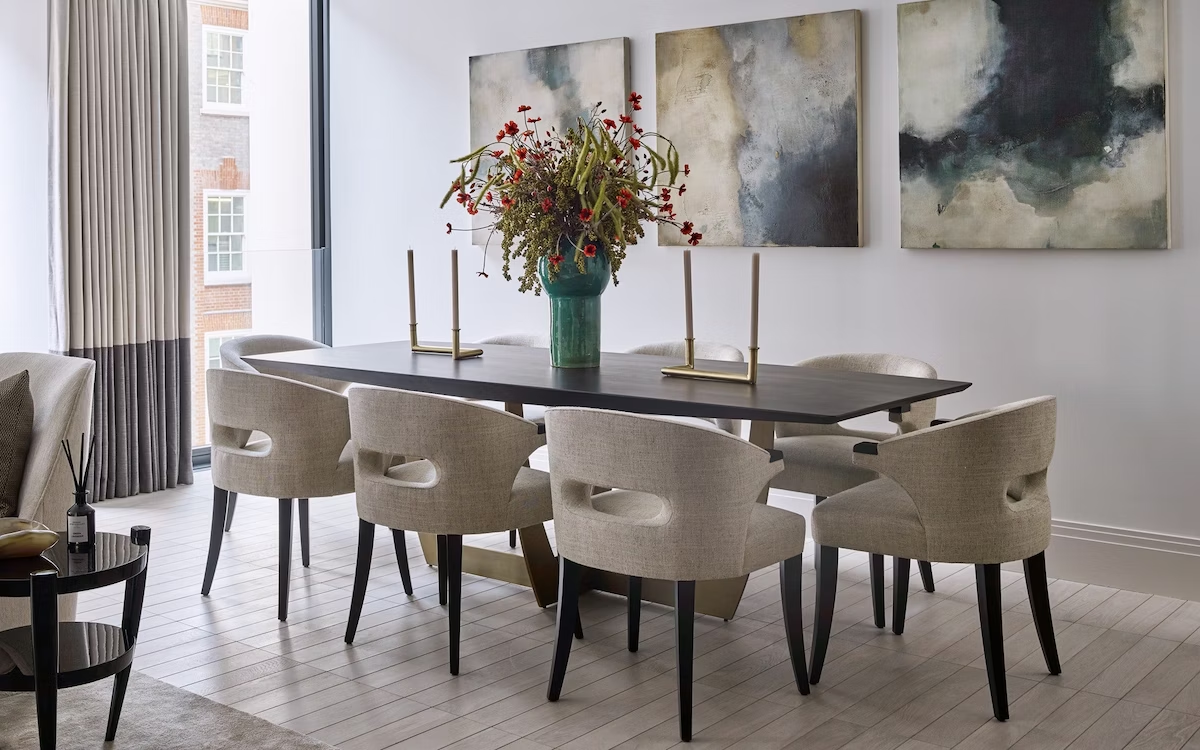
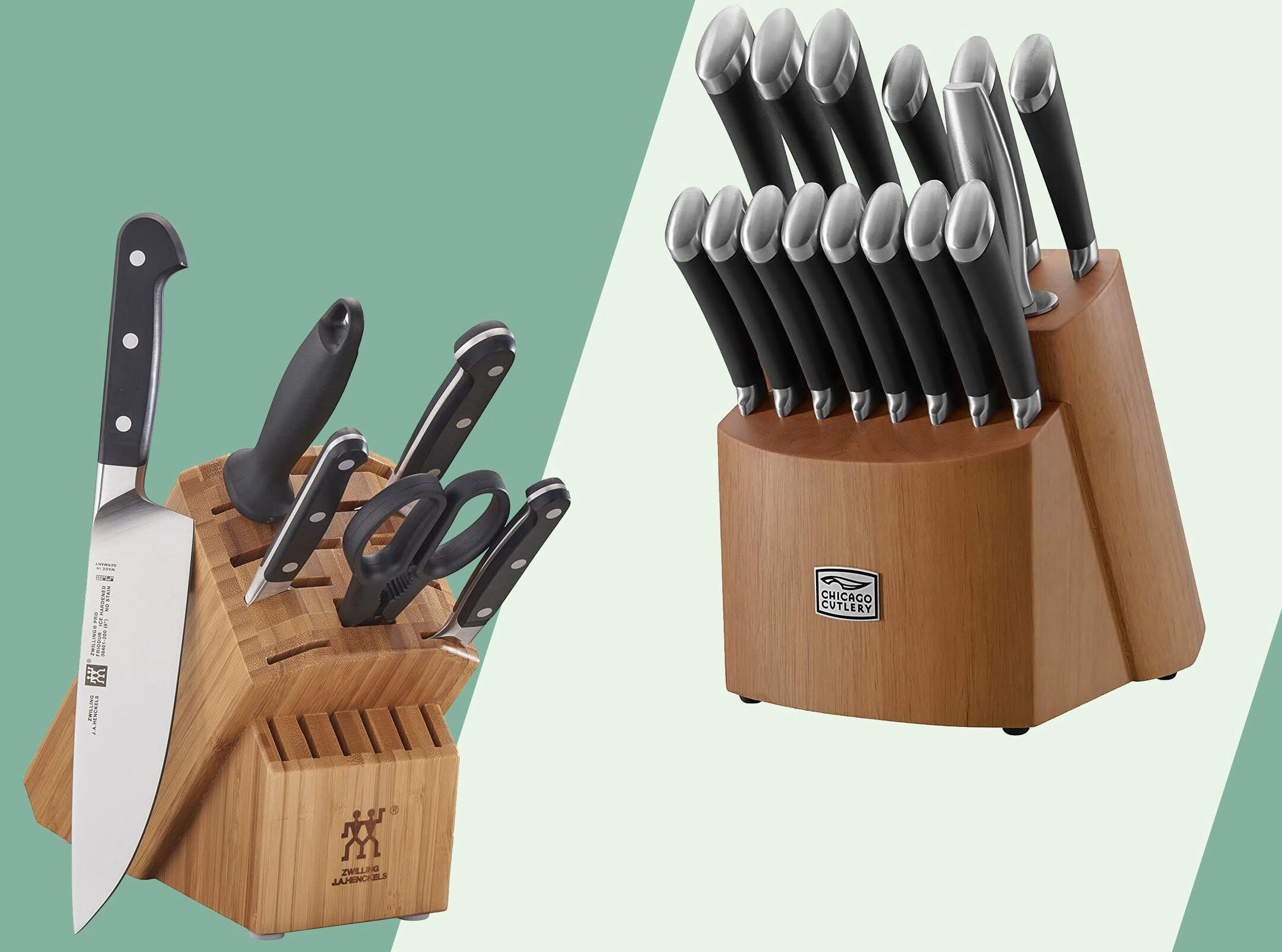
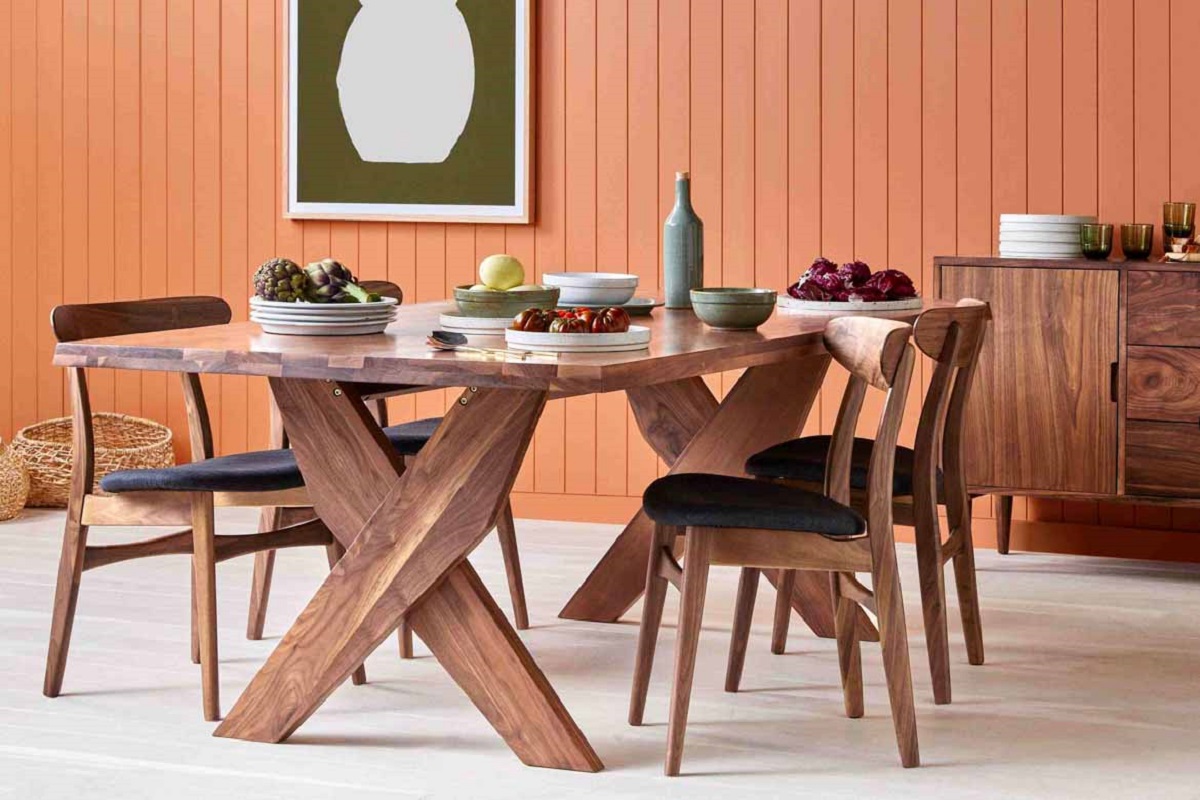
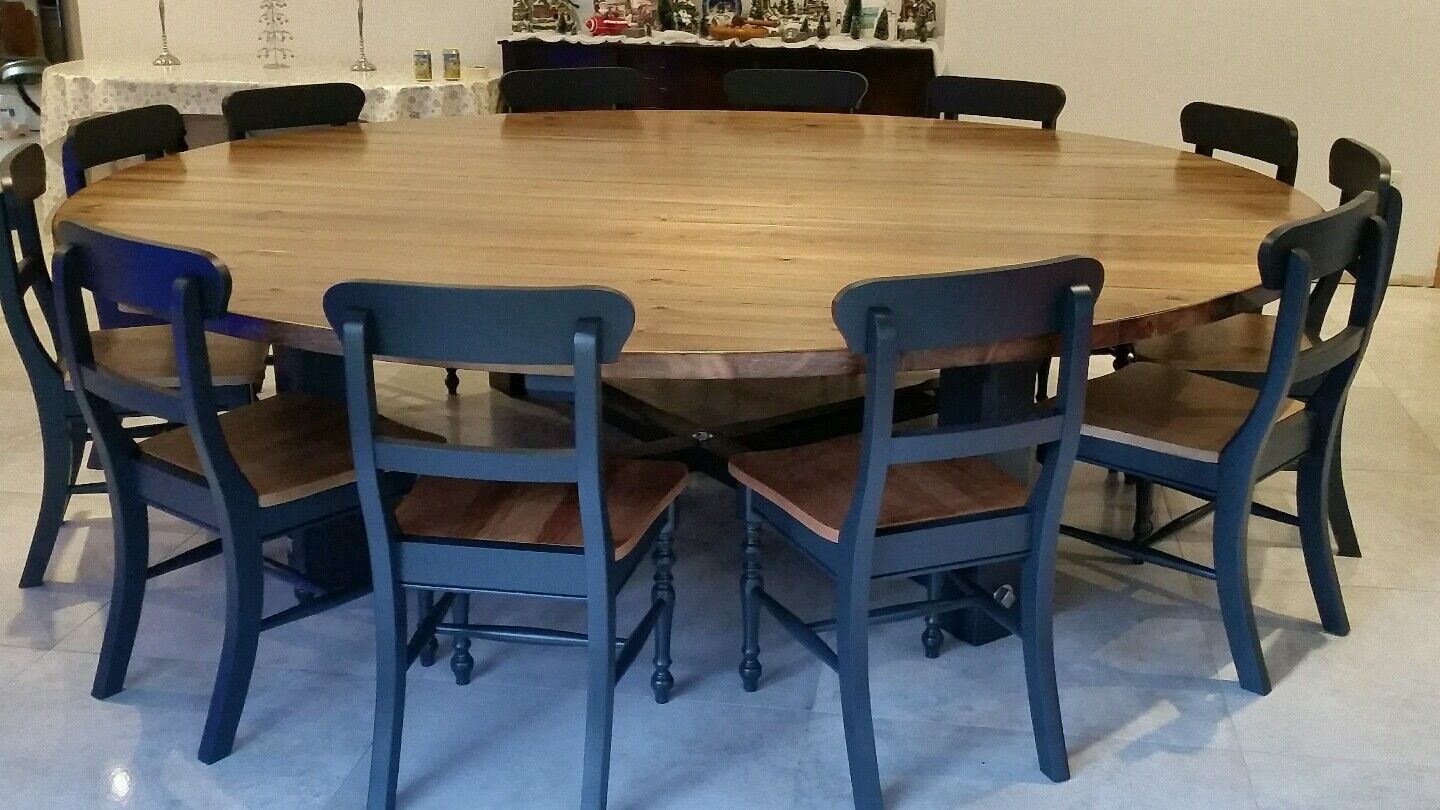
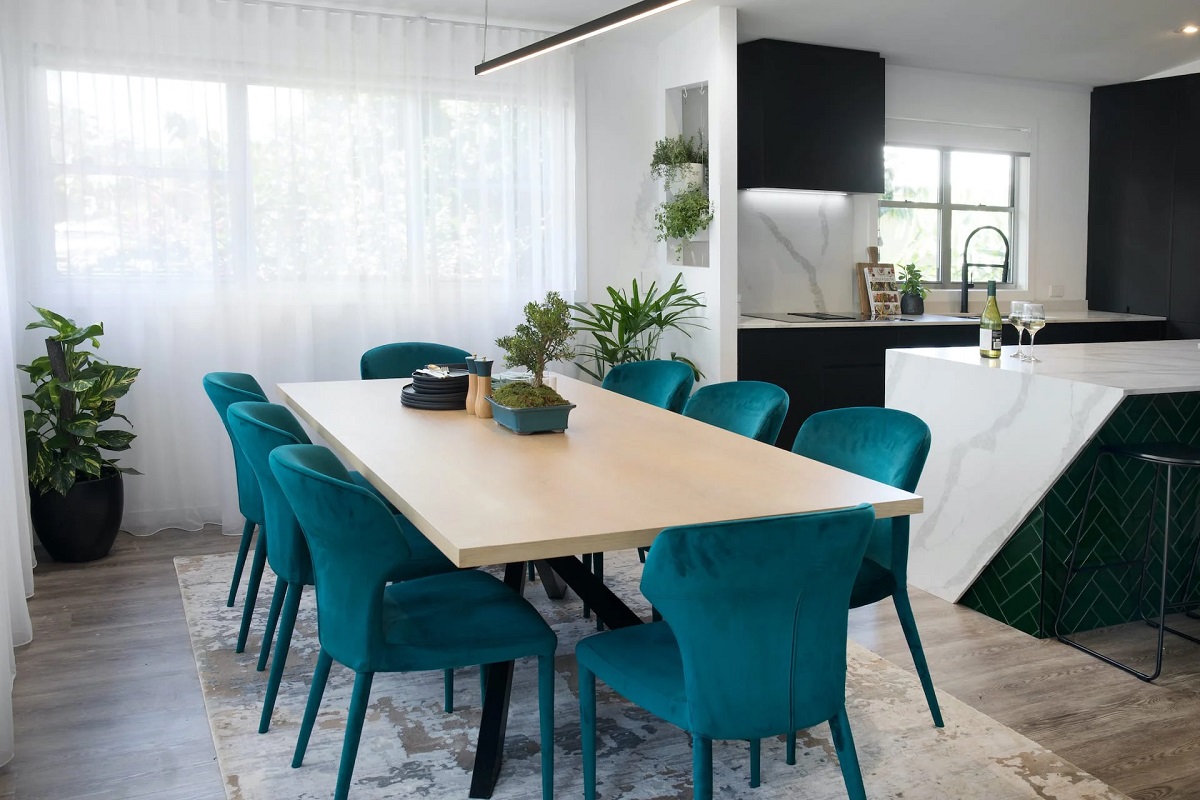

0 thoughts on “Which Is Better: Round Or Rectangular Dining Table”